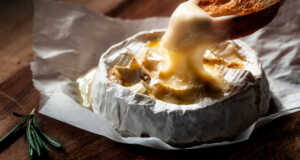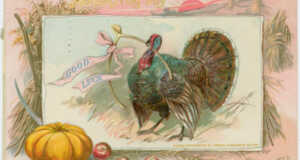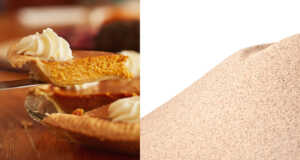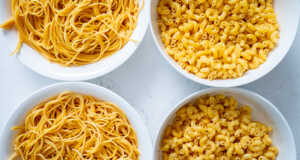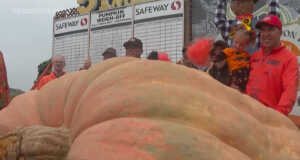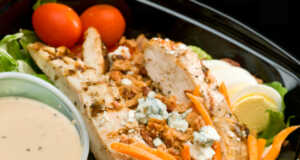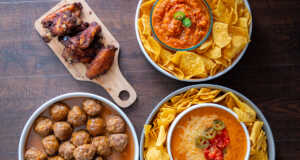Picture it: you wake up in the morning in the Northern hemisphere in winter to a chilly room, your feet recoiling from the cold floor the second you emerge from under your covers. You may go stand on your heating vent or sit in front of the space heater to get warm. Or, light a fire if you have a fireplace or iron stove. If you’ve turned the thermostat down then you turn it back up to 70 or 72 degrees. This describes many a frosty morning for a lot of people in Europe and North America in the winter time. But, go to one of the coldest places on Earth, Yakutia (or Sakha Republic) in Russia, and the life there is quite different. That’s because it’s so cold there that many of our modern conveniences, like indoor plumbing and central heating, simply wouldn’t be able to operate in the extremes of cold the residents there experience.
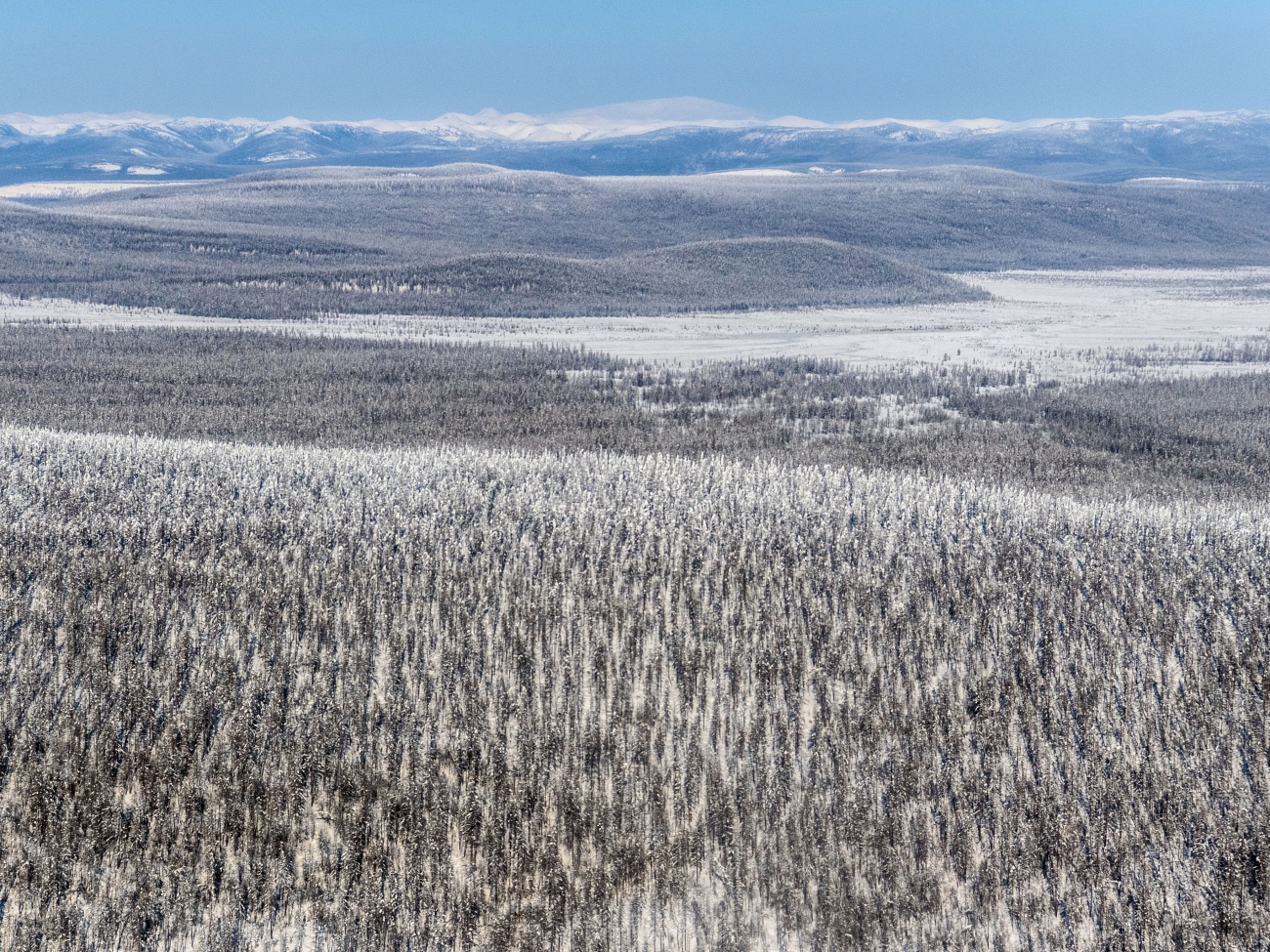
As one of the coldest places in the world (up there with Antarctica and Alaska) running water pipes would freeze and burst in the constant cold temps. In the summer it can get up to the 80s or 90s (Fahrenheit) but weather that warm only lasts about 1 month.
Even the spring and fall they have below freezing conditions. Because there are no pipes there are also no water treatment facilities. Water is kept in storage areas as blocks of ice, harvested in fall from the rivers. These are then brought into the house to melt in barrels as needed. Gravity-fed tanks or small buckets provide water to sinks and washing up areas. Everyone in non-plumbed areas uses outhouses as there are no indoor toilets.
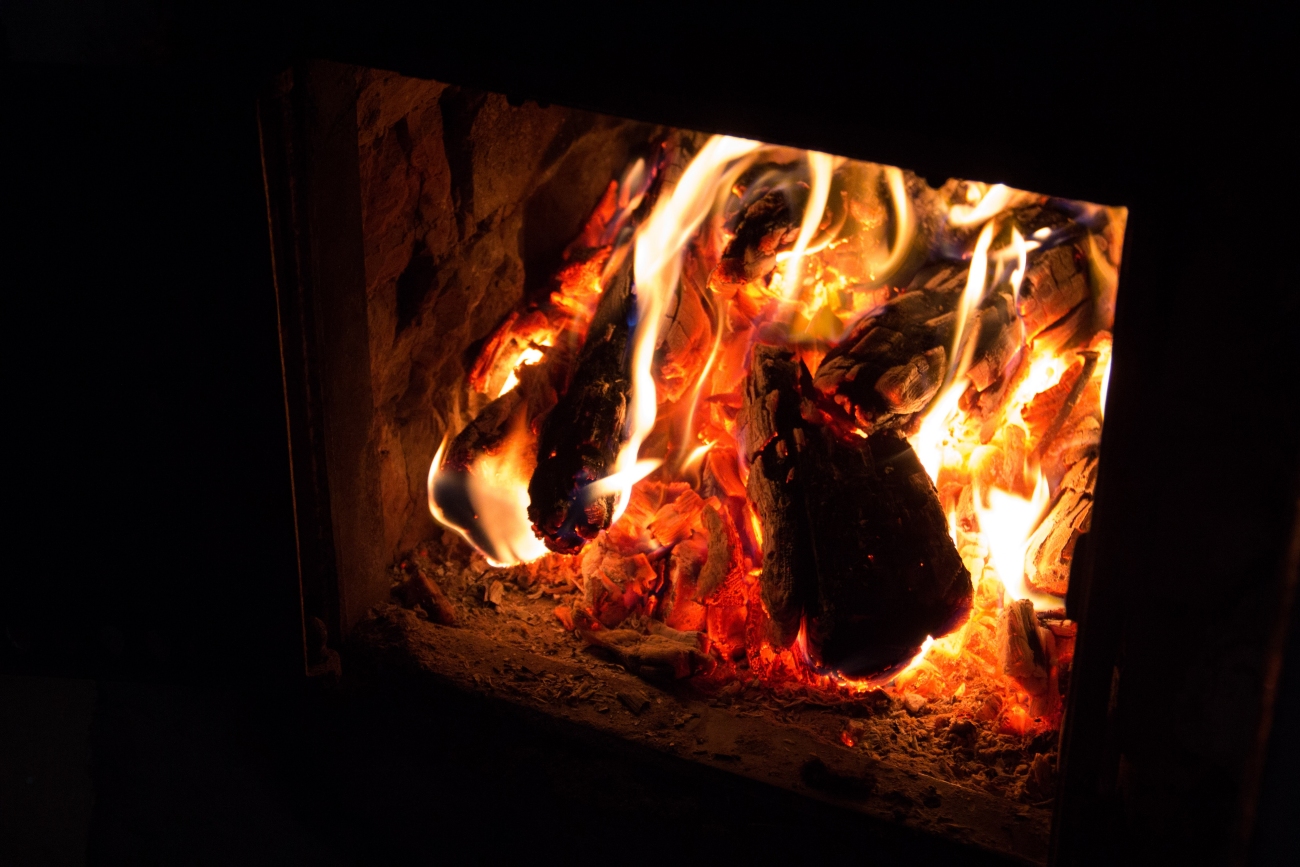
Other amenities like gas heat or central air are also hard to come by. The residents’ houses are heated with firewood, a task which doesn’t let up for 9 months of the year. Chopping and carrying wood, as well as stoking the fire, are chores that have to be done every day.
The kids don’t have to go to school if it’s too cold, but the standard there is much different than in other parts of the world. A “too cold” day for school is one that’s below -65˚F. And most of the kids walk to school! Brrrrrr!
Because it’s so cold, it’s difficult to grow food there. Dairy, preserved fruits and veggies, wheat, and fish are some of the main sources of nutrition. The fish are caught via ice fishing, one of many traditional skills needed to maintain life in this hostile environment.
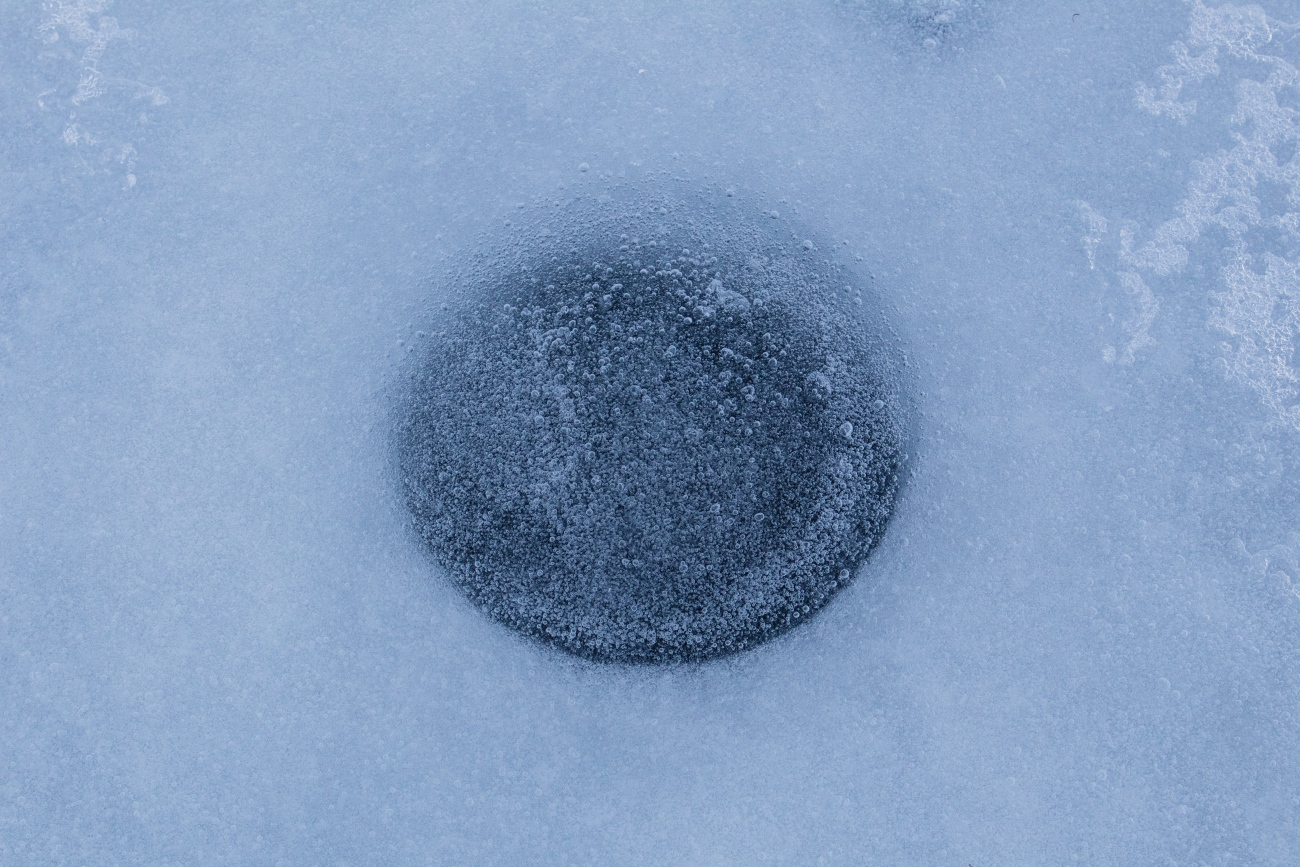
It not surprising that time spent outdoors is limited to tasks that can’t be put off, as it only takes a few minutes of exposure to sub-zero temperatures to cause pain, fatigue, or frostbite if one isn’t properly dressed.
The communities of this harsh region are often small and closely-knit. They have to rely on each other to survive. See how they handle the logistics of frozen living, from the children’s recess to how they make a living, in the video below.

